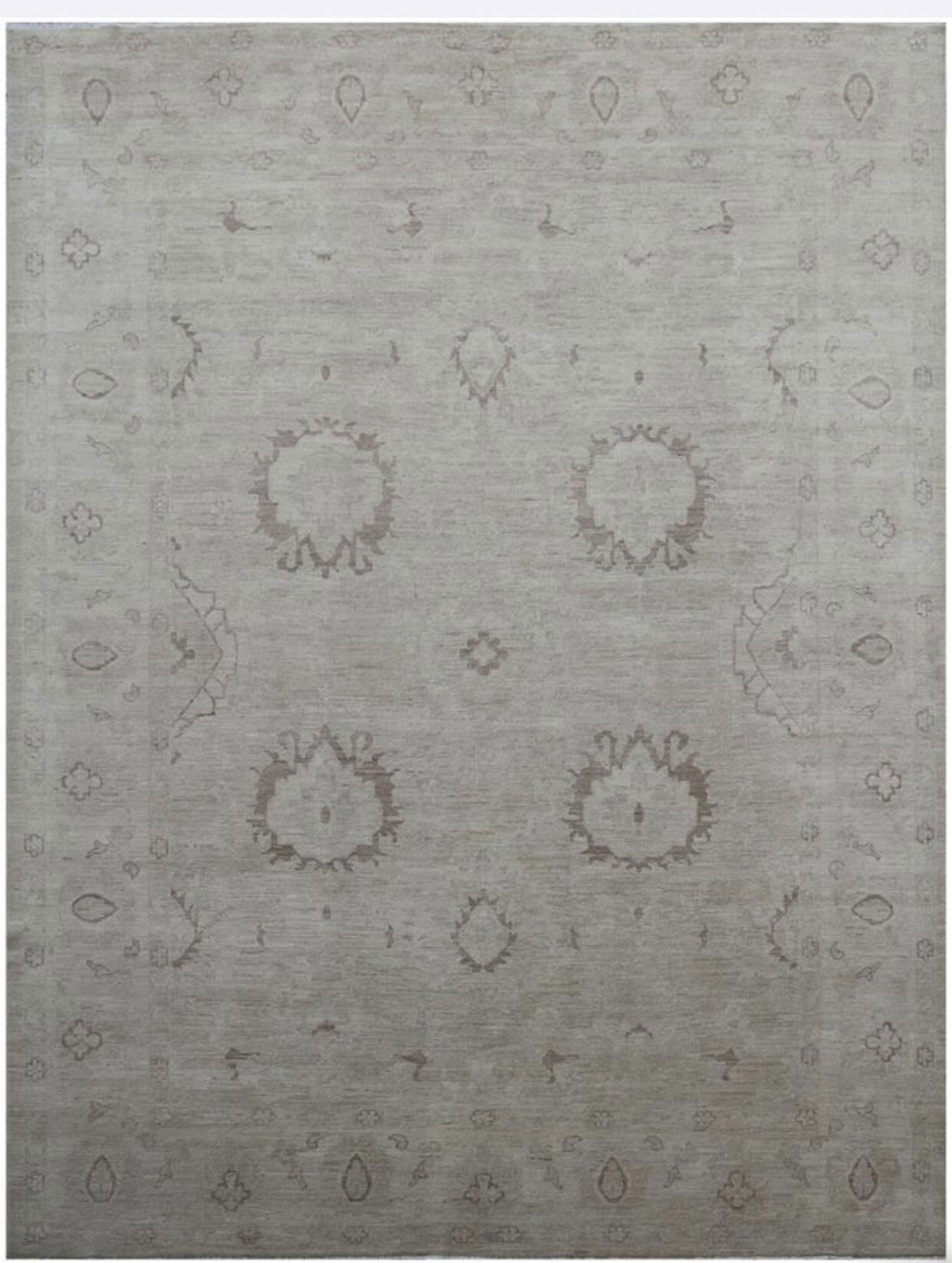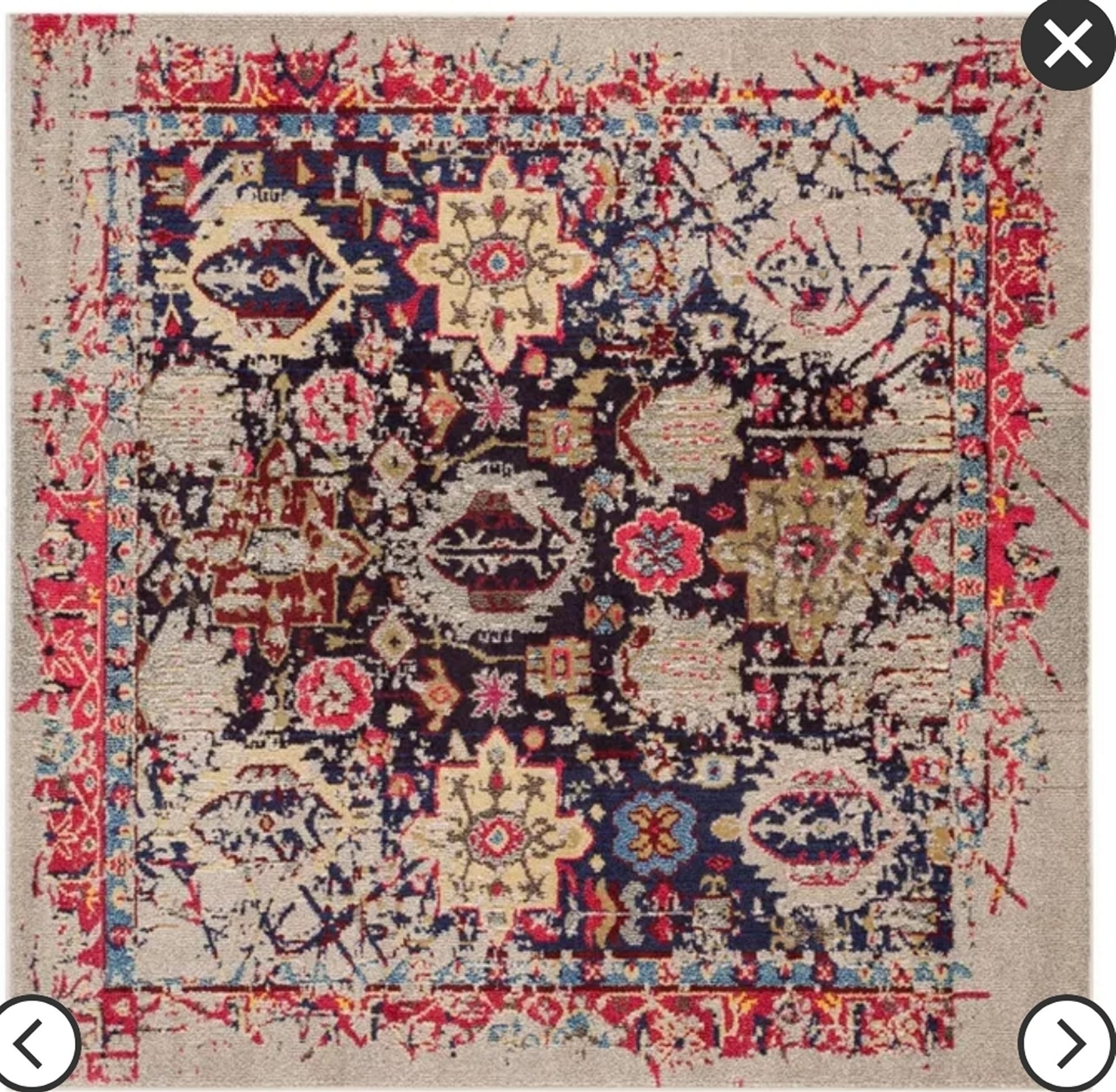Viewing Rugs: An Insider's Knowledge and Perspectives
TRIBAL RUGS & SOCIETIES
One of humankind’s oldest surviving forms of woven artifacts are the tribal rugs from village populations in Asia, Central Asia, Afghanistan, Iran, Pakistan, Caucasus and beyond. Nomads, who in large numbers occupied Iran and Afghanistan until recently, are known for their tribal rugs as well. It is their vibrant colors that set them apart from other traditions. Their weavings are still identifiable by design-motifs which are found in other artifacts such as shawls and jewelries. Because lifestyles of the nomads have been preserved to some degree, their arts readily reflect old cultural traditions, going back hundreds of years in the case of the Turkmen tribe. Similarly, there are recent examples of Kurdish, Baluch, and Turkmen rugs being made on old-fashioned looms uninfluenced by commercial demand.
 ANTIQUE RUGS
ANTIQUE RUGS 
#18357 Antique Shikli Kazak

#18354 Antique Qashqai

Turkmen Chodur Chuval
To earn the status of an “antique,” a rug requires at least a few dozen years of life since it was first crafted, with lifetimes of one hundred years and more for many antiques. The market for antique rugs thrives in affluent towns where well-traveled, wealthy, and culturally artistic people live. Deep appreciation for rugs often coincides with refined tastes in music, food, and the arts. Colder climates turn the attention indoors, and so homeowners in certain regions often introduce rugs for improved décor. Some feel rugs enhance the museum ambience of their home.While an antique rug can grow in investment value over time, most owners overlook seeing it as such. Instead they enjoy their collections as pieces of art, woven artifacts, and histories woven. These collections are never perceived simply as floor coverings. Rather, every rug tells them stories. Their rare collections accumulated over a lifetime can be the subject of conversation for hours.
There is a notable shift for the dealers who see rugs as art and antiques in the world today. New generations are not interested to take over an antique rug business. The antique rug business draws its meaning from stories and histories of old lifestyles that are often worlds apart from the modern high-tech era. The trends within the rug industry now emanate more from fashion and need than from interest in the life stories of tribal areas one hundred years ago. Even to locate an old piece in perfect condition is difficult. Therefore, keeping these dealers and their rugs alive is almost an issue of cultural survival. Those who import these kinds of artifacts bless their respected communities with pieces of treasure. So, my sincere advice to antique rug lovers and dreamers is appreciate your rugs, care for them, keep your eyes open, and be ready to seize your next opportunity. You may not find it tomorrow!

 Afghan Oushak AZ-16615Antique Reproduction: AZ's Natural Dyed (Vegetable-Dyed) Collection
Afghan Oushak AZ-16615Antique Reproduction: AZ's Natural Dyed (Vegetable-Dyed) Collection
Silk & Wool Collection

#16123 Turkmen Vegetable Dyed Revival
 AZ-18400The newest contribution to the handwoven market are Persian reproductions, created in a wide range of qualities. The highest quality versions are by far the best available Oriental rugs today. Although the pieces may be labeled with famous Persian regional names, the majority are woven in Afghanistan, Pakistan, Turkey, Egypt and Romania. (Most of the reproduction rugs that were labeled “made in Pakistan” were made by Afghan refugees in Pakistan. Even after most Afghan weavers repatriated after 2001, their products continued to be exported via Pakistan and therefore were labeled “made in Pakistan.”)
AZ-18400The newest contribution to the handwoven market are Persian reproductions, created in a wide range of qualities. The highest quality versions are by far the best available Oriental rugs today. Although the pieces may be labeled with famous Persian regional names, the majority are woven in Afghanistan, Pakistan, Turkey, Egypt and Romania. (Most of the reproduction rugs that were labeled “made in Pakistan” were made by Afghan refugees in Pakistan. Even after most Afghan weavers repatriated after 2001, their products continued to be exported via Pakistan and therefore were labeled “made in Pakistan.”)While most Persian reproductions showcase designs reminiscent of the great 16th-19th century rugs, their weavers have no genealogical or cultural connection to the patterns they produce. Thanks to handwoven construction and a wide range of colors to complement modern decors, these designs, some of them forgotten and now revived, can be enjoyed as durable, neatly made, vegetable-dyed rugs. Because of the level of craftsmanship and the exceptional natural dyes, these carpets are actually superior to the Persian rugs of the latter part of the Decorative Period.
It’s worth mentioning that these rugs, in the mind of an antique lover, may fall short of the allure of an antique piece. Still, over time, properly made rugs ones like the ones executed by AZ International (AZ) are destined to become future antique investments. AZ reproductions carry a high level of artistic inspiration and individuality, key ingredients for enduring quality and value. Rug experts James Opie and Doug Lay were impressed with AZ’s pieces and eventually joined AZ in the rugs’ manufacture.
One element of AZ’s success hinged upon the influence of Pakistan on Afghan refugee camps, changes that have fundamentally altered Afghan rug making. One factor in this transformation was the work of Chris Walter and other entrepreneurs. They contributed by developing vegetable dyes and aiding the production of traditional Turkmen rugs by Afghan Turkmens in the refugee camps. AZ, wanting to benefit the refugee populations, had already been trading and marketing Afghan carpets made in various camps. AZ entered to further enhance quality, experiment with dyestuffs, refine finishing methods and introduce wider changes to meet the demands of the greater world. AZ worked extensively with major Pakistani dealers/exporters in Lahore, Peshawar, and Karachi and thus became a bridge between these dealers and the tribal Afghan refugees who fled their villages in northern Afghanistan and were limited in speaking Pakistani languages (Urdu, Pashto or English). Notably, AZ and extended family members, relatives, and friends, along with Pakistani associates, set up a huge facility that guided every step of the rug-making process, from distributing wool for spinning, to washing and finishing the off-loom rugs (see pictures).
A significant development in the rug world concerns how Pakistani carpet dealers have changed the ways of traditional tribal Afghan rug weaving, traditions that have been in place for centuries. Afghan rugs, once known to be classic, red Turkmen rugs, mostly from northern Afghanistan, or scattered pieces made in small setups in Kabul, or wool and silk Tekke design Turkmen pieces from Heart or some other tribal Baluch region, belong now to much wider categories. The Pakistani influence has created a systematic production of decorative rugs finely executed in varieties of ancient Caucasian, Persian, Mamlouk, Moghul, and Turkish designs. Most of these rugs employ luxurious hand-spun wool yarns dyed according to the Afghan craft unique to each particular producer.

Program Rugs
These rugs are still handwoven but with much more standardization in color and size. This process yields a greater number of finished goods but requires a more sustained managerial effort. Sometimes the rugs are branded. Samples are carried by retailers in various sizes and colors, with additional sizes and colors available upon request. We have great business relationships with well-established companies that carry popular and quality-branded rugs. We can always special order the following branded rugs at great prices. 1. Ralph Lauren 2. Thomas O’Brien 3. Calvin Klein 4. Martha Stewart 5. Barclay Butera 6. William Morris 7. Magnolia Home

Area Rug (Floor Covering)
 This category is crowded and confusing. Few are hand-knotted, most are machine-made. Some are branded, but regardless, the machine-made rugs have no future or investment value. Turkey produces printed rugs. India uses recycled fabric, jutes, banana silk and various other materials. This category is known for its color, pile, surface, and texture capabilities. Quality or origins are not a matter of concern in this category, let alone stories behind motifs.
This category is crowded and confusing. Few are hand-knotted, most are machine-made. Some are branded, but regardless, the machine-made rugs have no future or investment value. Turkey produces printed rugs. India uses recycled fabric, jutes, banana silk and various other materials. This category is known for its color, pile, surface, and texture capabilities. Quality or origins are not a matter of concern in this category, let alone stories behind motifs.This market is flooded by copies of Persian, Caucasian, and other ancient and modern hand-made rug designs. The most famous Persian, Caucasian, and Turkmen design names are hash tagged, so one’s search on the internet will result in numerous listings of cheap area rugs sold nearby in a member discount retailer or online. Thus, the uneducated buyer may be confused by the available rug choices, or perhaps even altogether in the dark. Unfortunately, the famous brands are now increasingly investing in this “Area Rug” category.
THANK YOU!
ANTIQUE RUGS
Antique Qashqai
Collector's Piece
Mid 1900 Tribal Persian Qashqai
Late 1900 Persian Heriz
Collector's Item
A magnificent Heriz Heriz
Late 1800 Bashirs, Turkmen
From our family Collection
Magnificent collections Turkmen Bashir from our family collections
Mid 1800 Turkmen Yomut Ensi
Yomut Ensi
Antique Turkmen Ensi from auction


